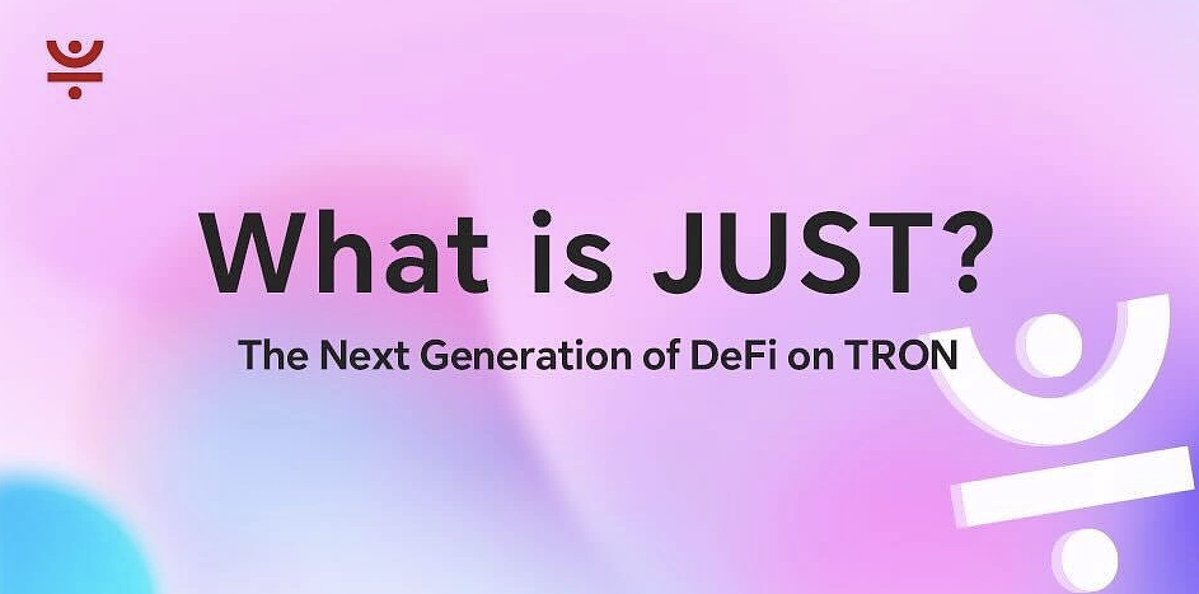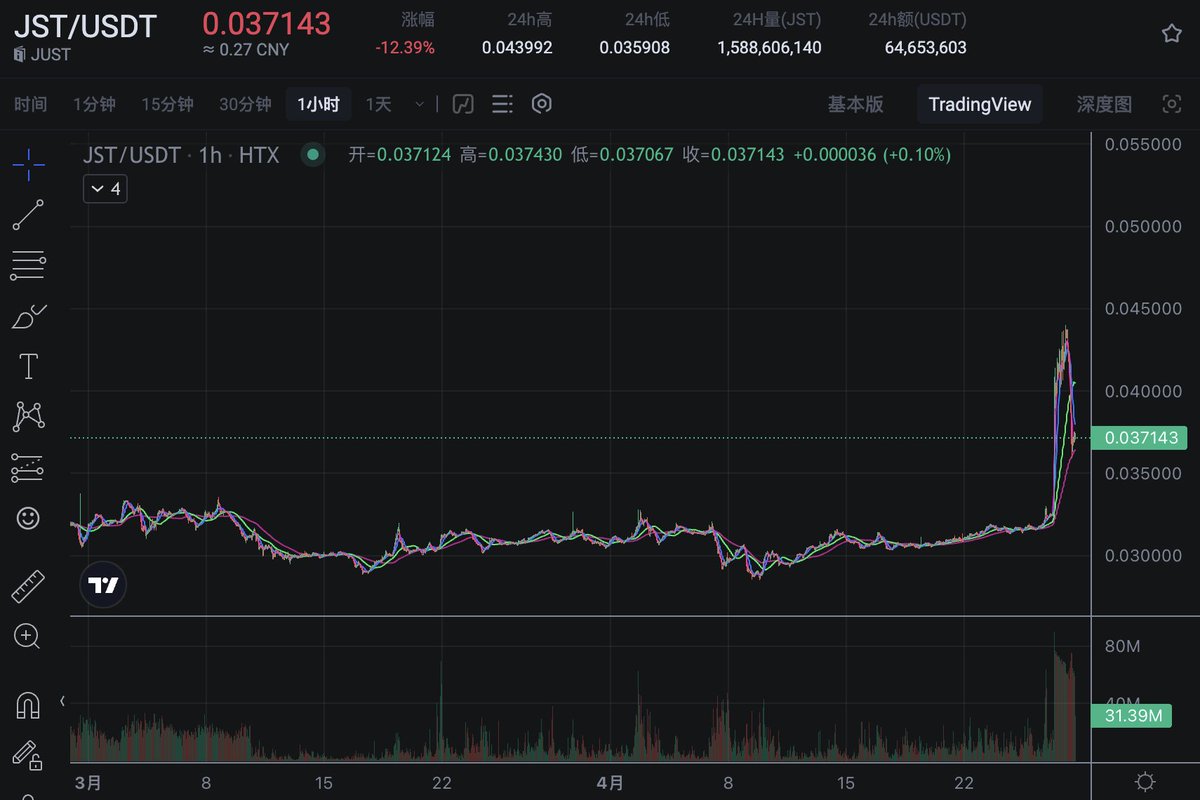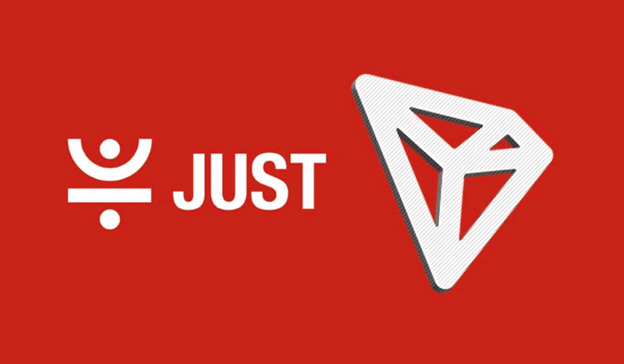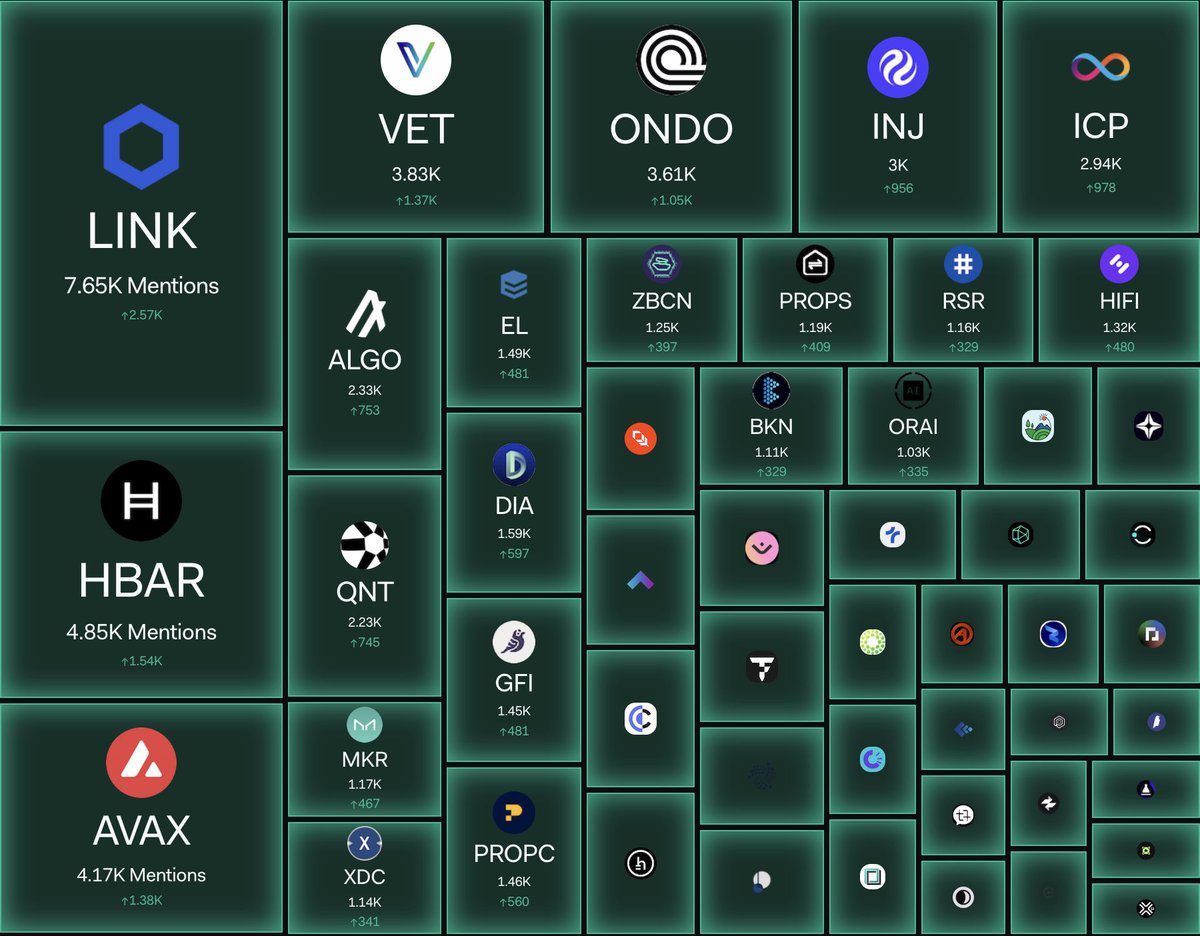
Курс Maker

Дисклеймер
OKX не дает рекомендаций по инвестированию и хранению активов. Тщательно оцените свою финансовую ситуацию и определите, подходит ли вам торговля и владение цифровыми активами. По вопросам, связанным с вашими конкретными обстоятельствами, обращайтесь к специалистам в области законодательства, налогов или инвестиций. С подробностями можно ознакомиться, изучив Условия использования и Предупреждение о рисках. Переходя на сайты третьих сторон («Сторонние сайты»), вы принимаете их условия использования. OKX и ее партнеры («OKX») не связаны с владельцами и руководителями Сторонних сайтов, если иное не указано в письменной форме. Вы соглашаетесь с тем, что OKX не несет ответственности за убытки, ущерб и любые другие последствия использования Сторонних сайтов. Помните, что использование Сторонних сайтов может привести к полной или частичной потере активов. Продукт может быть доступен не во всех юрисдикциях.
Рыночные данные Maker
Рыночная капитализация = объем в обращении × цена последней сделки

Новости о Maker












Калькулятор MKR


Статистика Maker (в USD)
Популярные валюты для конвертации Maker
| 1 MKR в USD | 1 552,30 $ |
| 1 MKR в EUR | 1 363,27 € |
| 1 MKR в PHP | 87 410,04 ₱ |
| 1 MKR в IDR | 26 062 794 Rp |
| 1 MKR в GBP | 1 157,75 £ |
| 1 MKR в CAD | 2 153,02 $ |
| 1 MKR в AED | 5 701,68 AED |
| 1 MKR в VND | 40 329 956 ₫ |
Описание Maker (MKR)
- Официальный сайт
- Техническое описание
- Github
- Обозреватель блоков
Вопросы и ответы о Maker
Хотя оба токена являются частью экосистемы MakerDAO, MKR - это токен управления, и его основная роль заключается в контроле за работой и стабильностью протокола. В отличие от него DAI - это стейблкоин, привязанный к доллару США и призванный поддерживать свою стоимость, несмотря на волатильность рынка.
Стабильность DAI обеспечивается за счет избыточного обеспечения, процессов ликвидации, управления MKR, платы за стабильность и накопительной ставки DAI (DSR). В совокупности эти механизмы позволяют поддерживать стоимость DAI на уровне, близком к $1.
С легкостью покупайте токены MKR на криптовалютной платформе OKX. В терминале спотовой торговли OKX доступны торговые пары MKR/BTC,MKR/USDC и MKR/USDT.
Можно купить MKR и за одну из более чем 99 фиатных валют, выбрав опцию «Экспресс-покупка». Доступны также другие популярные криптовалютные токены, в частности Bitcoin (BTC), Tether (USDT) и USD Coin (USDC).
Кроме того, на MKR можно обменять такие имеющиеся у вас криптовалюты, как XRP (XRP), Cardano (ADA), Solana (SOL) и Chainlink (LINK), без комиссий и проскальзывания цены с помощью «Конвертации OKX».
Чтобы просмотреть в реальном времени расчетный курс конвертации фиатных валют (например, USD, EUR, GBP и т. п.) в MKR, перейдите в «Калькулятор конвертации криптовалют OKX». Высоколиквидная криптовалютная биржа OKX гарантирует покупку криптовалюты по наилучшим ценам.
Раскрытие данных ESG
Калькулятор MKR


Дисклеймер
OKX не дает рекомендаций по инвестированию и хранению активов. Тщательно оцените свою финансовую ситуацию и определите, подходит ли вам торговля и владение цифровыми активами. По вопросам, связанным с вашими конкретными обстоятельствами, обращайтесь к специалистам в области законодательства, налогов или инвестиций. С подробностями можно ознакомиться, изучив Условия использования и Предупреждение о рисках. Переходя на сайты третьих сторон («Сторонние сайты»), вы принимаете их условия использования. OKX и ее партнеры («OKX») не связаны с владельцами и руководителями Сторонних сайтов, если иное не указано в письменной форме. Вы соглашаетесь с тем, что OKX не несет ответственности за убытки, ущерб и любые другие последствия использования Сторонних сайтов. Помните, что использование Сторонних сайтов может привести к полной или частичной потере активов. Продукт может быть доступен не во всех юрисдикциях.

















Социальные сети